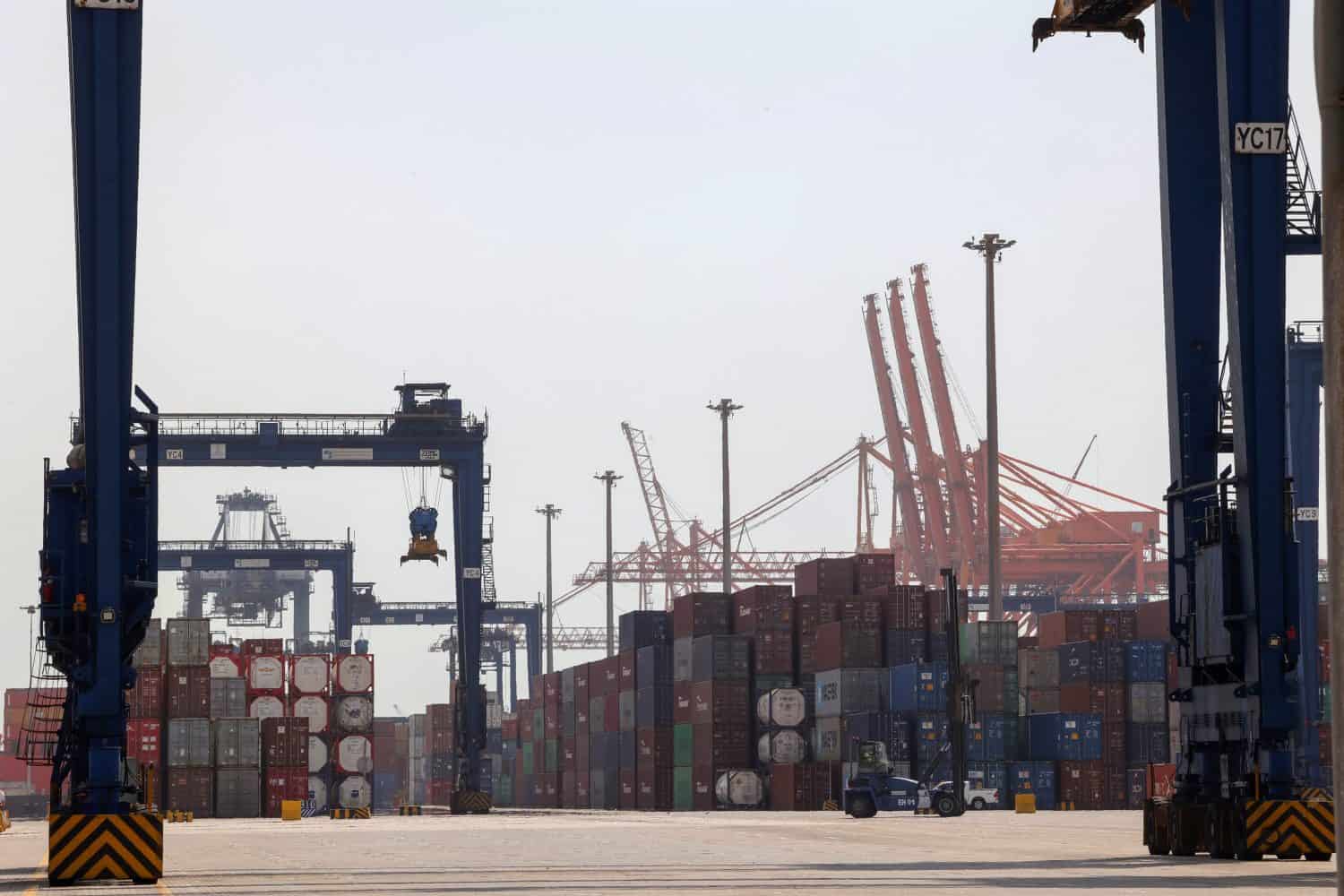Riyadh, Saudi Arabia—Saudi Arabia’s General Authority for Ports (Mawani) Sunday announced a new freight service, at the King Abdulaziz Port in Dammam in cooperation with the Saudi International Ports Company.
The service connects King Abdulaziz Port with six major regional and international ports: Qingdao, Shanghai, Ningbo, Nansha, Jebel Ali and Hamad Port, with a capacity of 6,900 standard containers per week.
The “FAM” freight service is characterized by a direct return trip from King Abdulaziz Port in Dammam to the Chinese port of Qingdao, which leads to a reduction in the time it takes for Saudi exports, the speed of their access to global markets and an increase in their competitiveness, Mawani said.
This coincides with the launch of the added EJBS service from the Emirates Shipping line, which includes King Abdulaziz Port in Dammam, Shuwaikh Port in Kuwait, Jebel Ali Port in the Emirates, Khalifa bin Salman Port in Bahrain and back to King Abdulaziz Port in Dammam.
The new services, which were launched on November 15, 2022, contribute to strengthening the position of King Abdulaziz Port in Dammam regionally and globally, strengthening its connection to the ports of the East, in addition to increasing transshipment containers and facilitating supply chains, as well as increasing the volume of shipments and gaining a larger market share than ships transiting on the coast of the Arabian Gulf.







